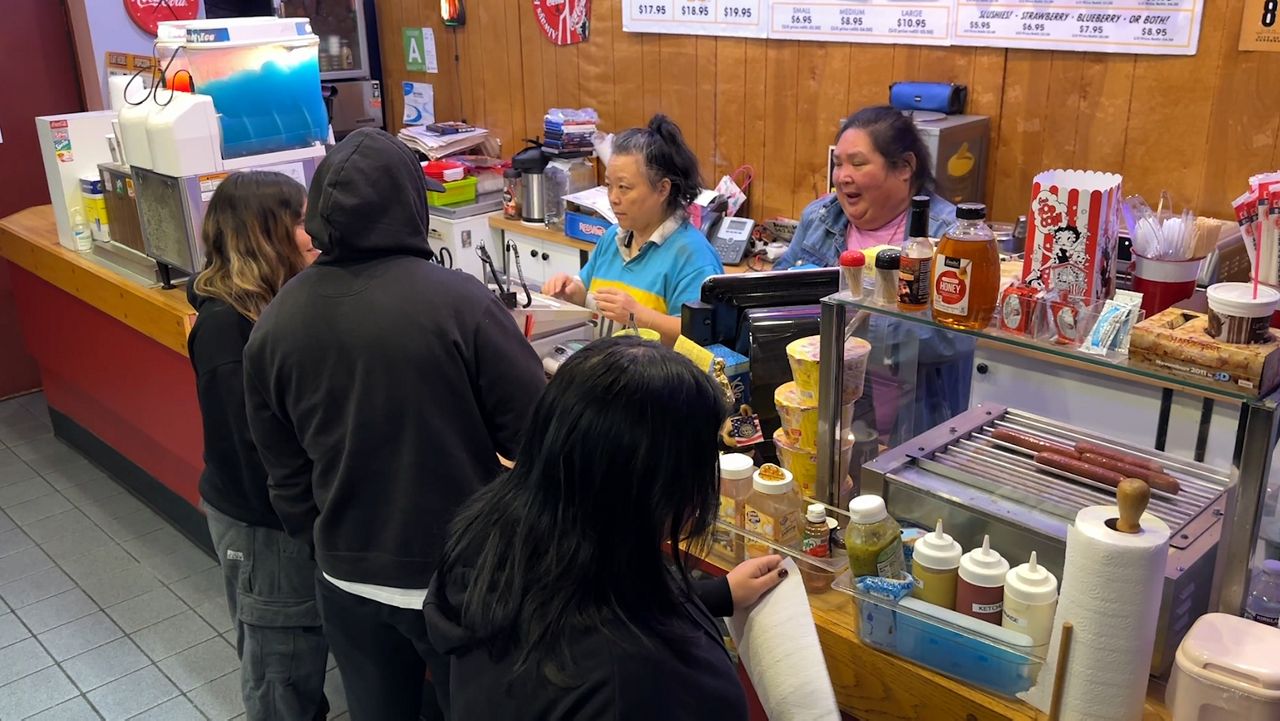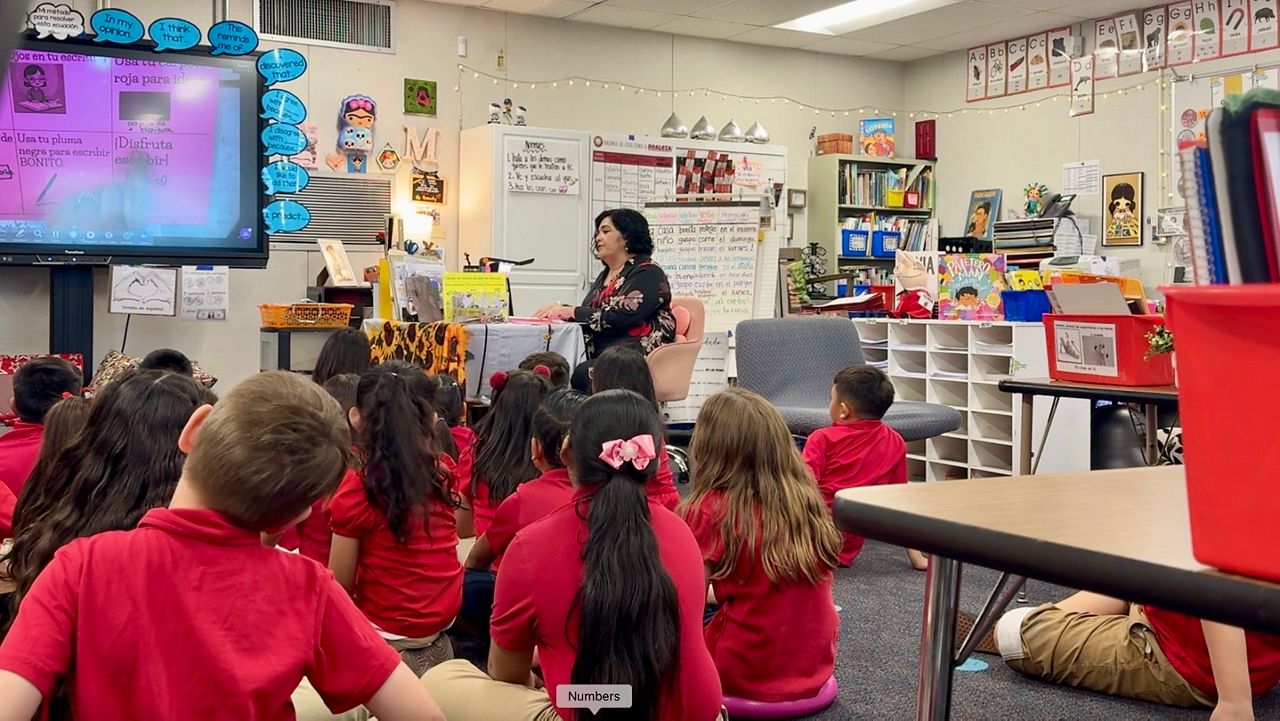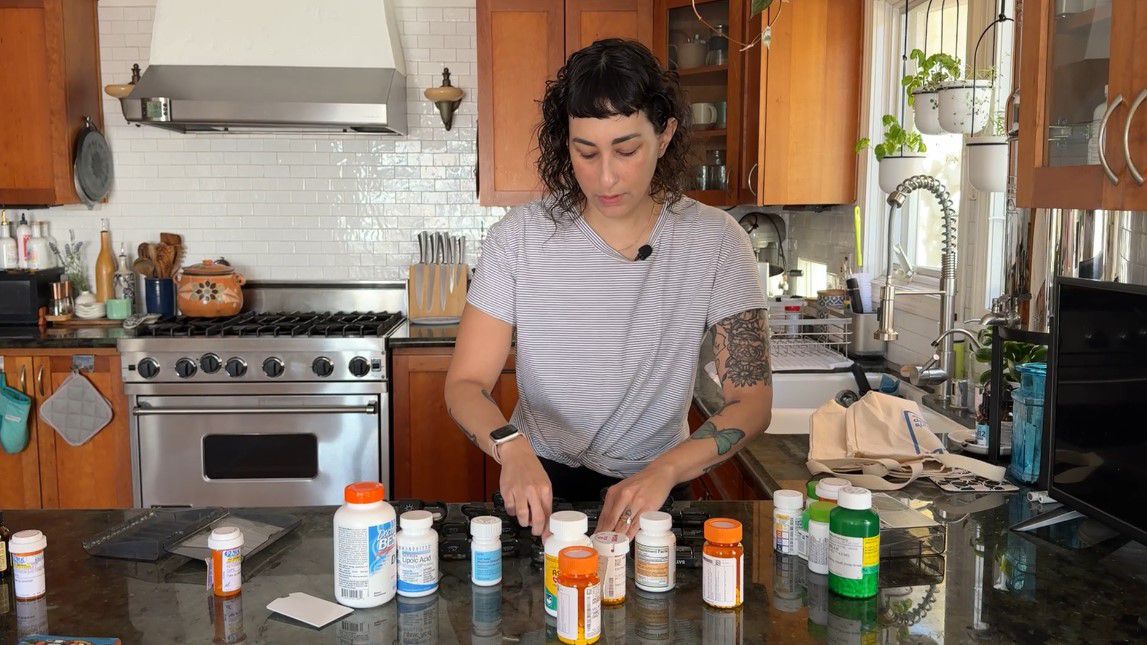IRVINE, Calif. — The Xenex LightStrike 6, a germ-zapping robots that use the power of ultraviolet rays, continues to be used at hospitals across Southern California like Hoag Orthopedic.
Recently, the germ killing robots were improved and updated.
The latest and greatest in germ-zapping robot technology comes in at 300-plus pounds, but even the greatest of fighters needs someone in its corner coaching it along.
That person is Ozzie Segura who gets the call at the hospital, “when they want these rooms fully cleaned and fully disinfected and get it ready for the next patient.”
Segura is the manager of environmental services for Hoag Orthopedic Institute (HOI) in Irvine. One could say keeping things clean is in his blood.
“My dad when he came to this country as an immigrant, he started a cleaning company," Segura said. "And in that cleaning company, I was the youngest employee.”
A dirty house was not allowed at the Segura home, so he’s used to keeping things tidy. Segura said in a hospital it’s even more important to keep things clean and takes great pride keeping it that way.
“We set the bar for cleaning here each and every day in what we do," Segura said.
Since HOI opened ten years ago, manager of infection prevention Patti Steger said it has always used the germ zapping robots. The LightStrike 6 is the latest version that offers the option to clean rooms faster, though she said the hospital sticks to the longer cycles.
Steger explained in detail how a virus works and how UV light can be effective in destroying it.
“Viruses are little packets with genetic material inside of them," Steger said. "So what the UV light does is it take that DNA or genetic material apart, so that it kills the virus.”
Steger said that Xenex has conducted many studies in the effectiveness of their equipement and that it is proven to kill viruses.
“Their technology can kill the SARS-CoV2 virus that is the cause of COVID-19," said Steger.
The company claims it can kill the SARS-CoV2 virus in two minutes and that they have conducted peer-reviewed studies that show that is the case. She said it can also kill bacteria and other organisms that cause diseases.
Segura, on the other hand, has enjoyed how the newer model maneuvers and works physically.
“Oh it’s so smooth," he said. "Very easy ride across any surface whether it’s carpet or floor. The new model also has two handles and material that’s easier to grip on the outside also it's quieter."
Seguara explained that the robot is smarter. When the robot is going to zap a hospital room, Segura will place a sign with a timer outside the room to alert the user when the room is ready. The older model did not have that feature.
Also, the LightStrike 6 helps the facility keep track of what’s been cleaned in real-time. Segura said that instead of a login and download process, the newer model shoots the record up to the cloud immediately.
"It gives me a huge sense of satisfaction that they will never get sick in my room," Segura said.
Currently the Hoag Orthopedic Institute has one LightStrike 6, the Hoag Hospital Newport Beach has two, and the Hoag Hospital Irvine has one.
Xenex said the machines started in hospitals, surgery centers, and long term care facilities but are now being used in a wide spectrum of industries including schools, convention centers, hotels (Beverly Hilton and Waldorf Astoria Beverly Hills), police stations (LAPD), pro sports facilities (Carolina Panthers and San Antonio Spurs), airports, office buildings, and food processing facilities.











